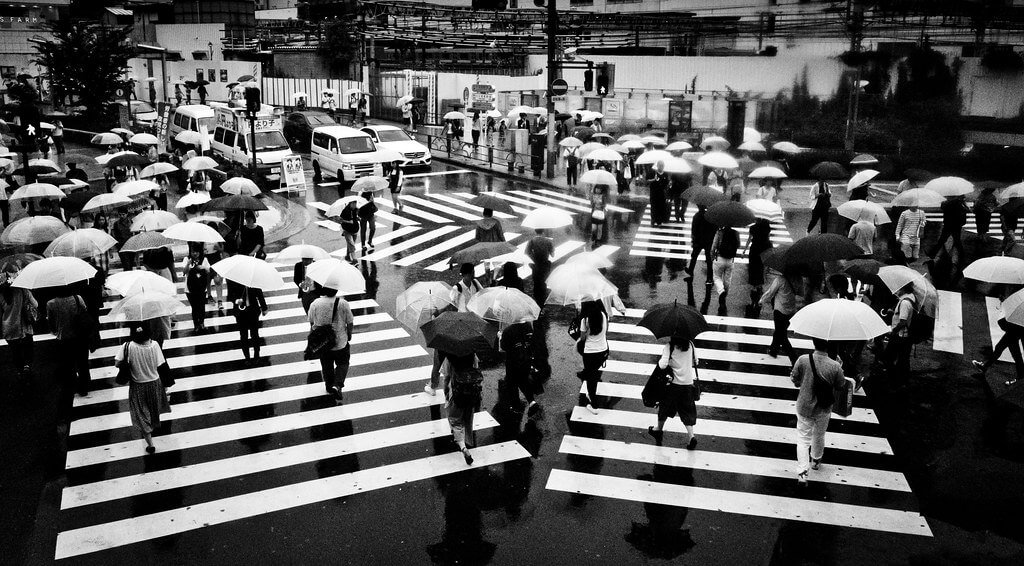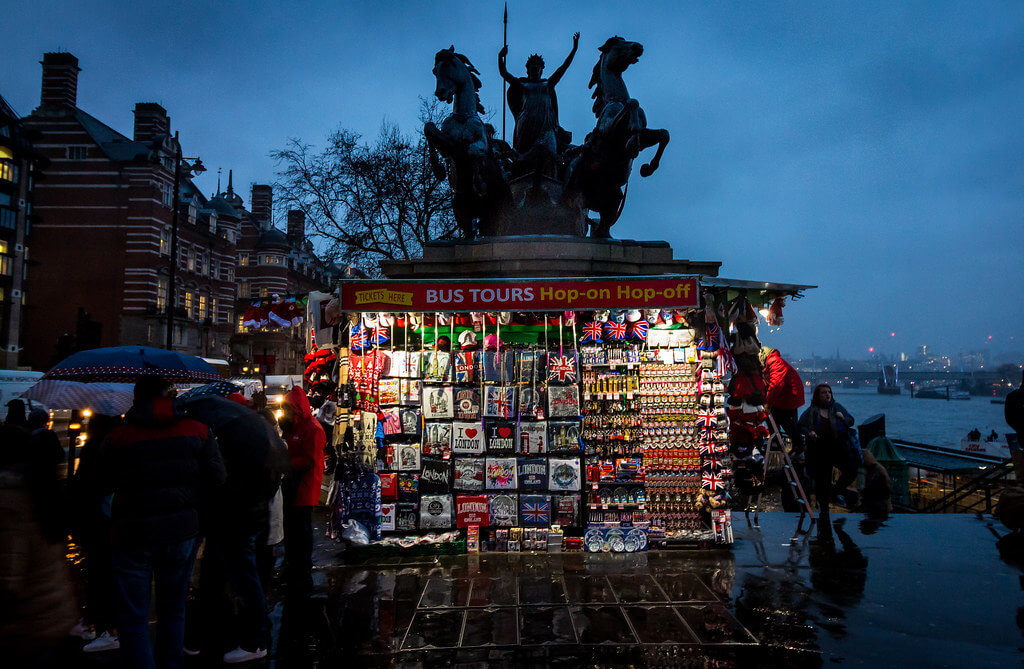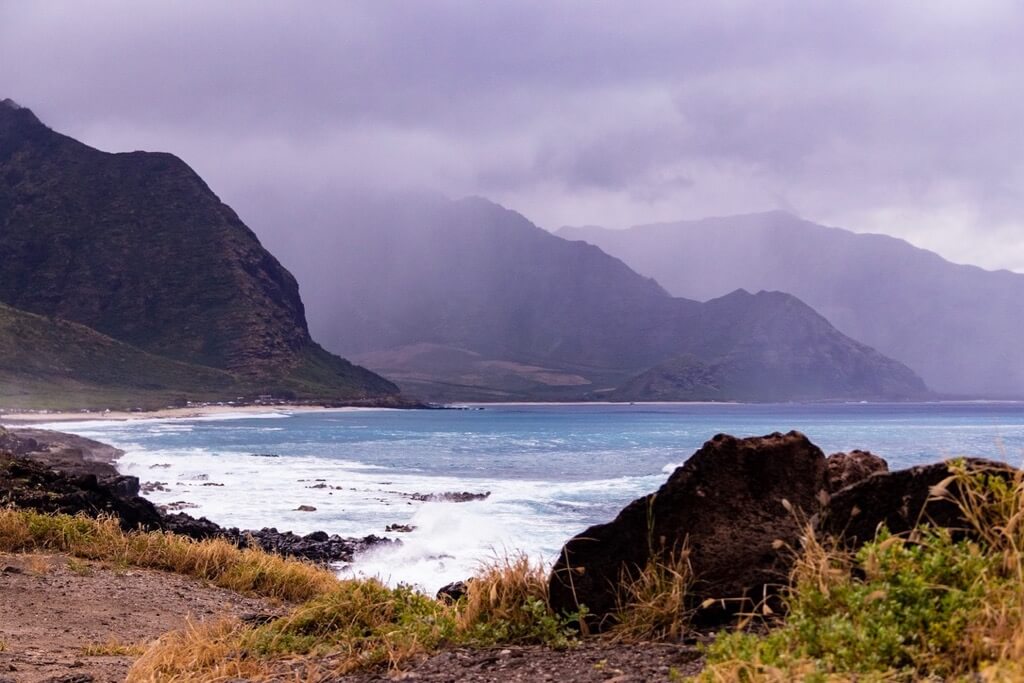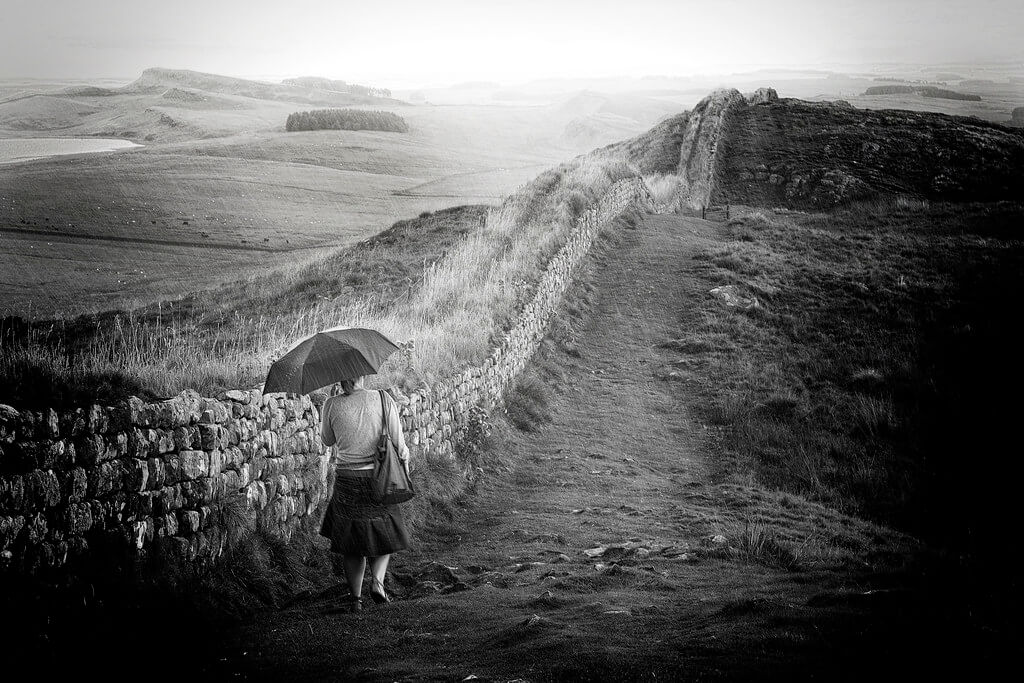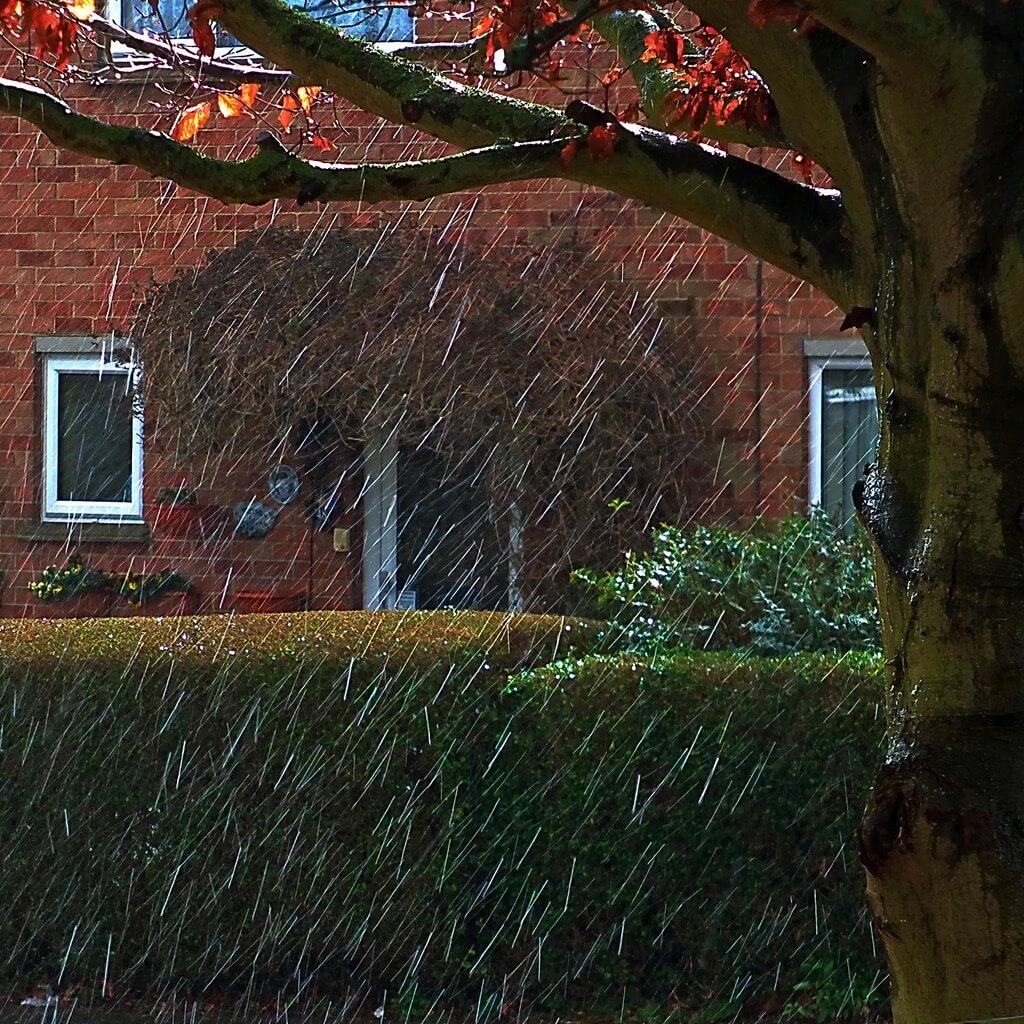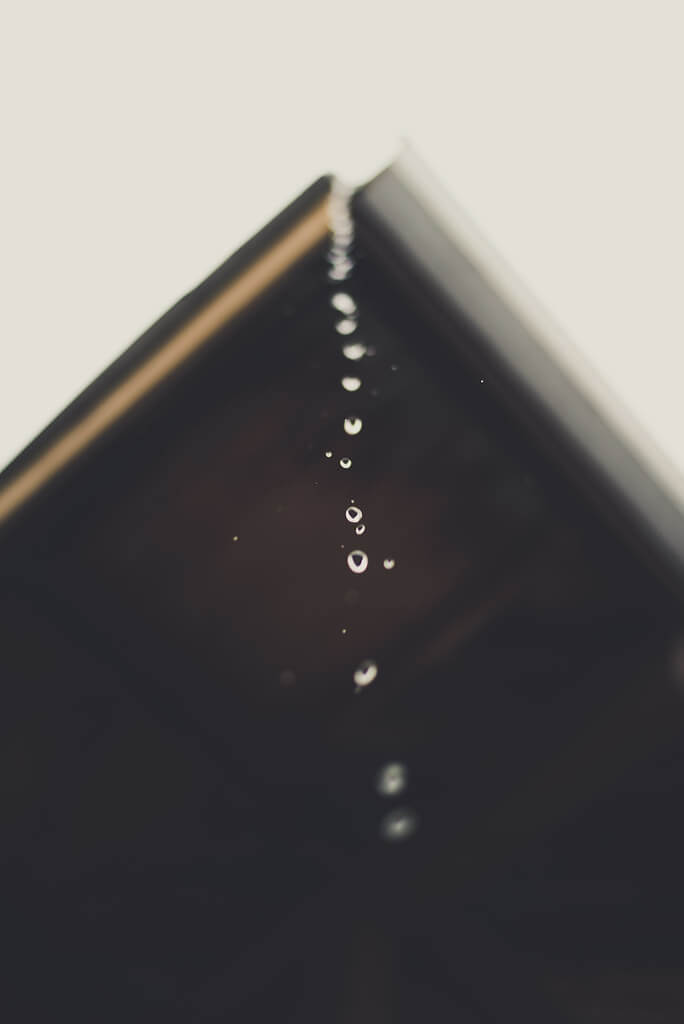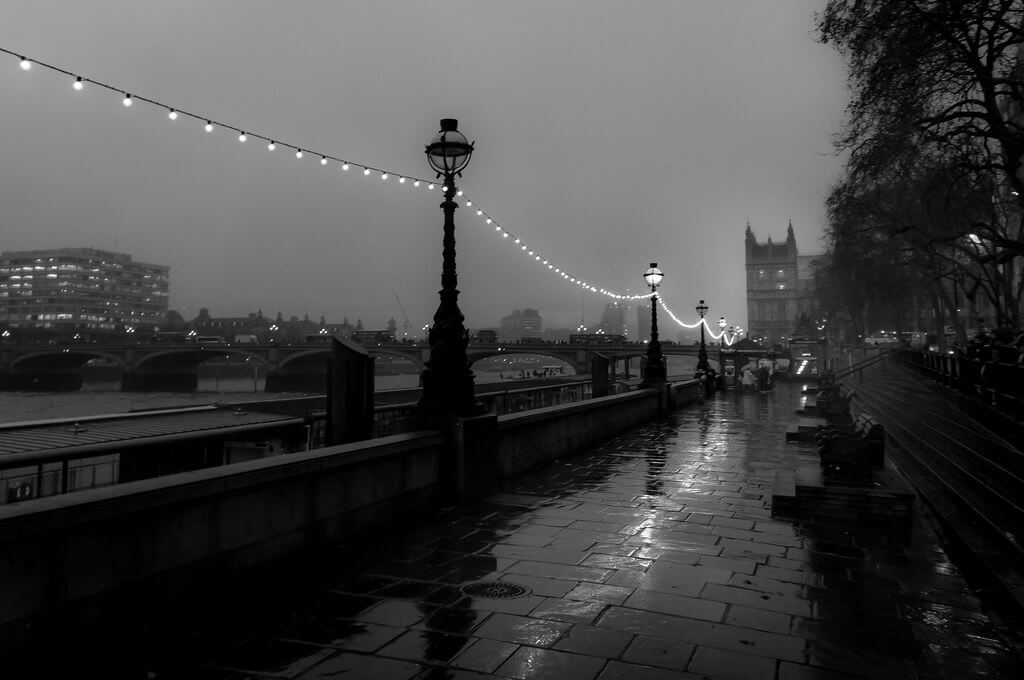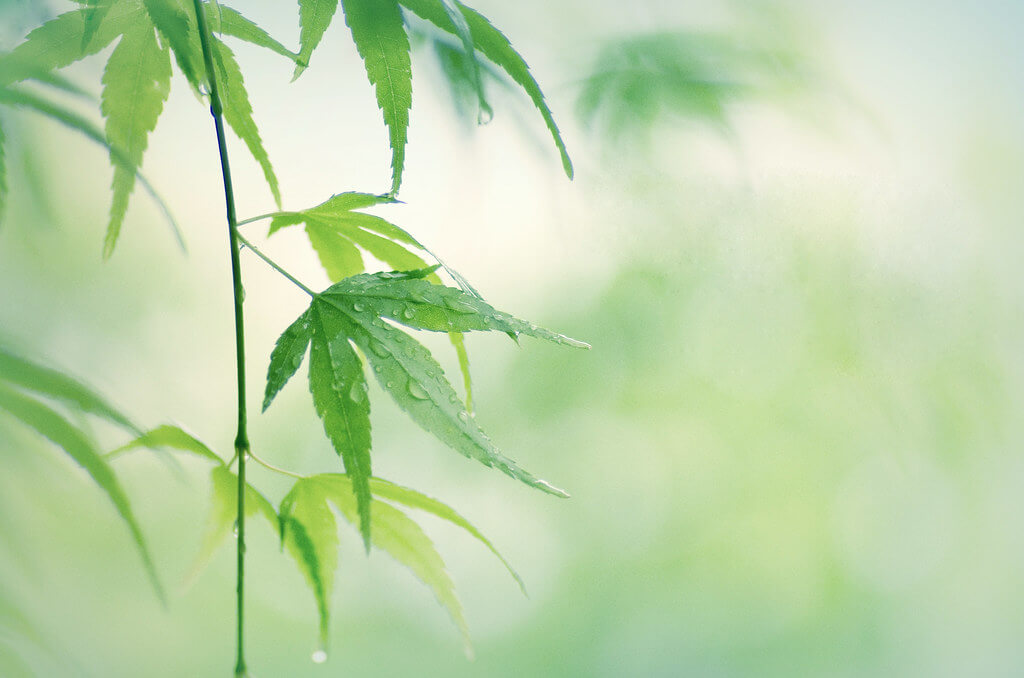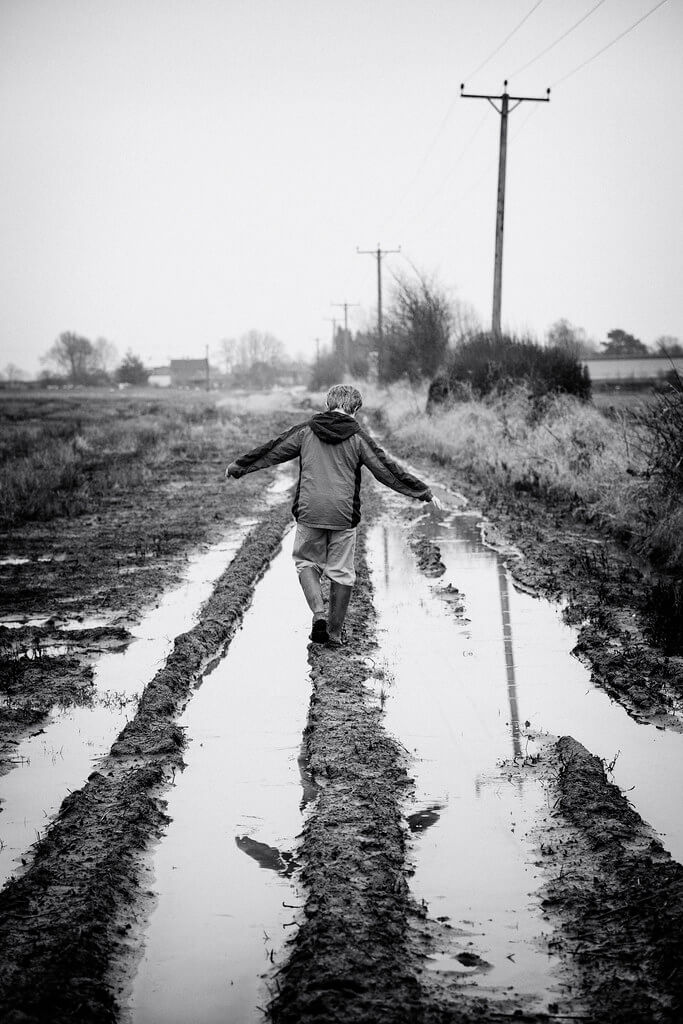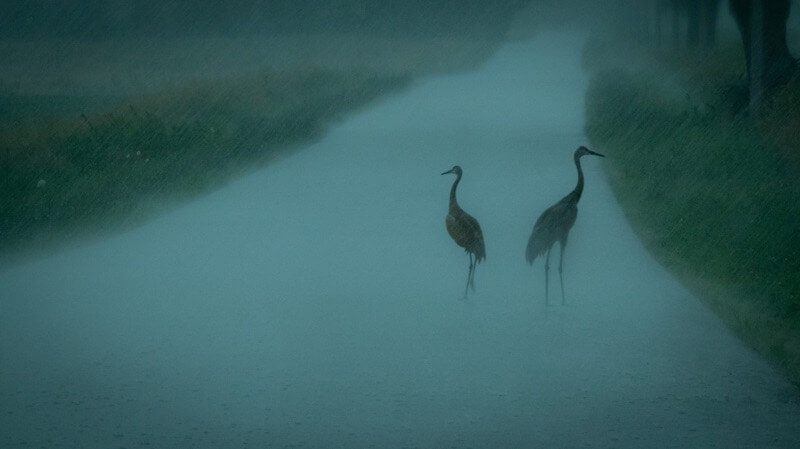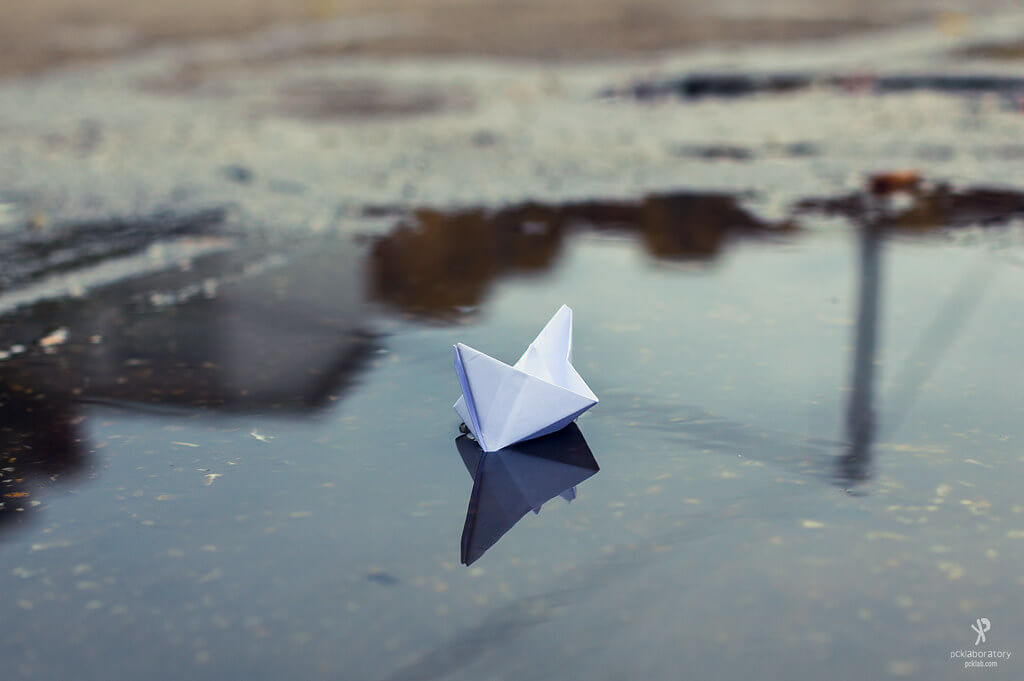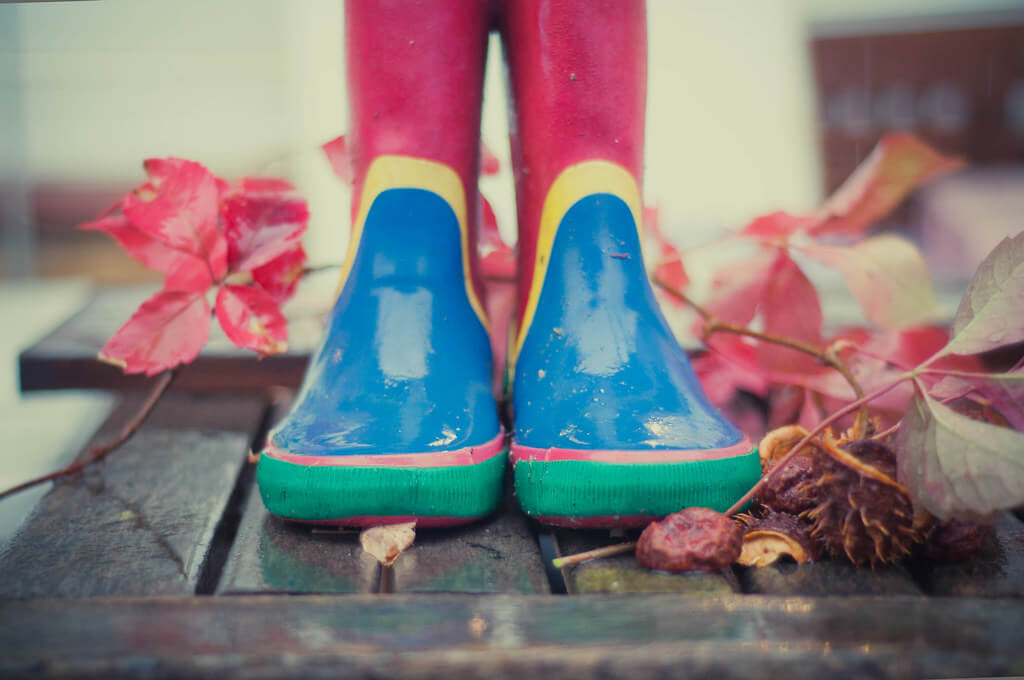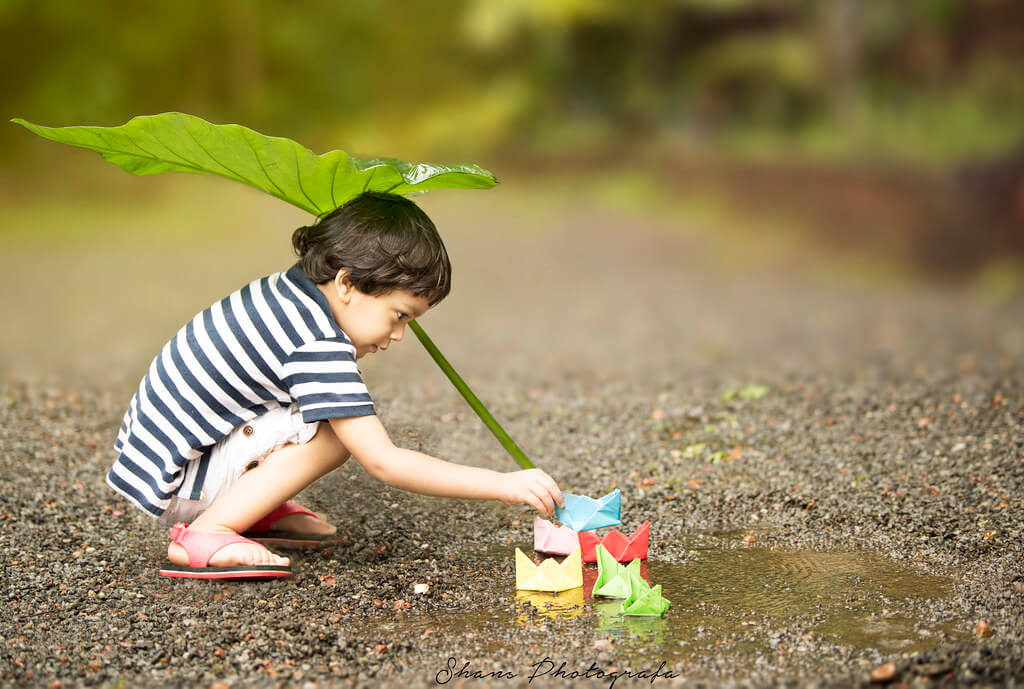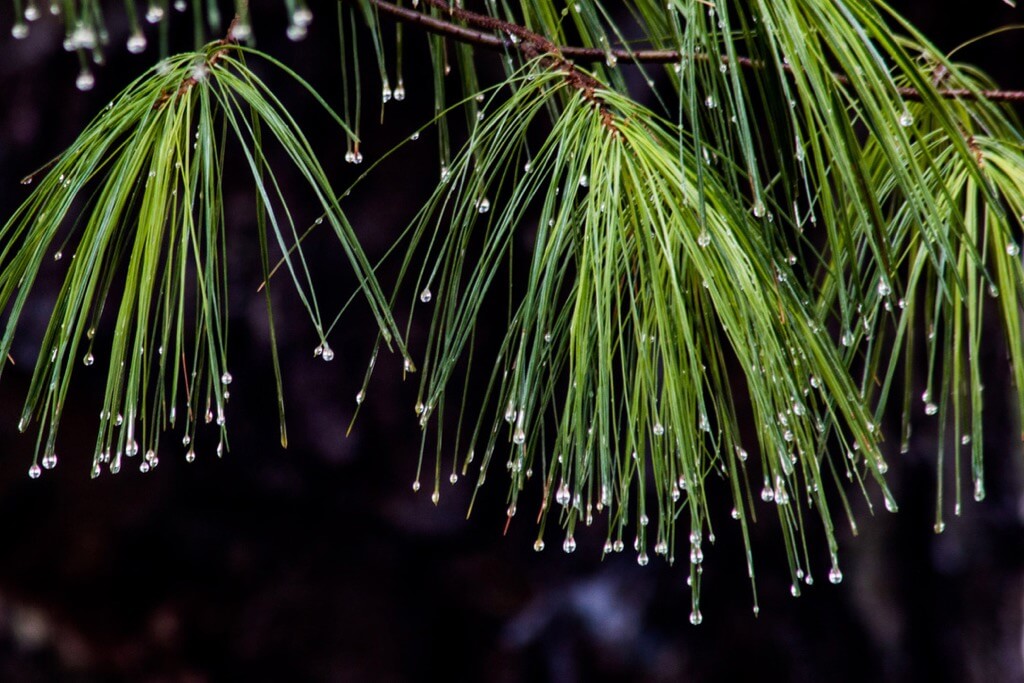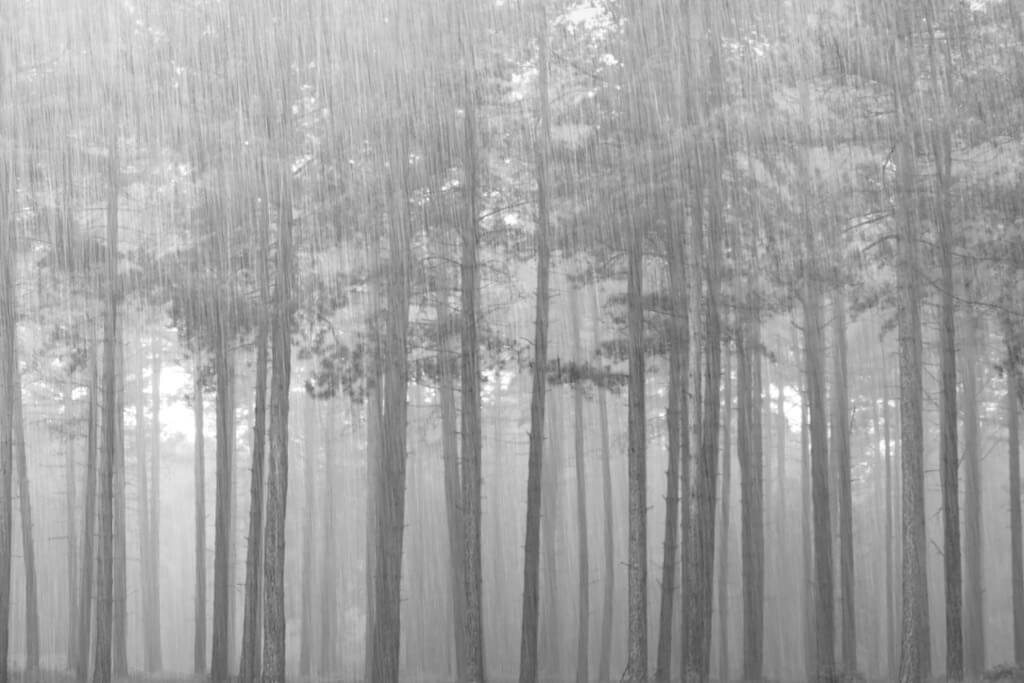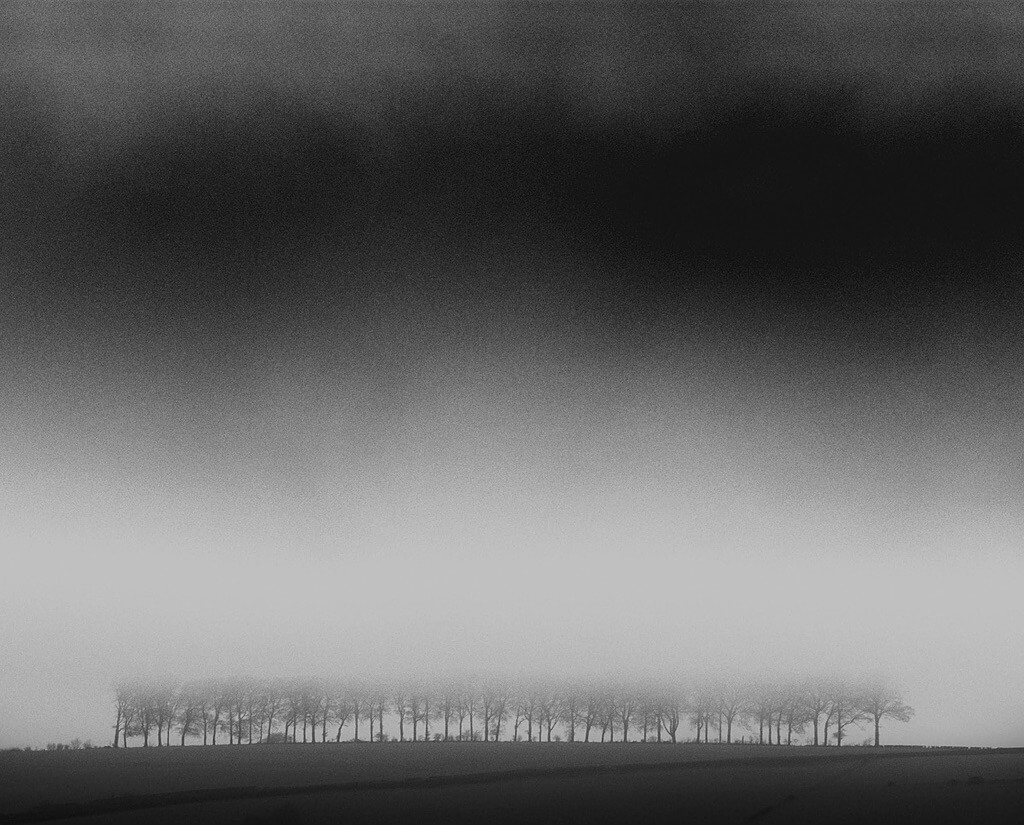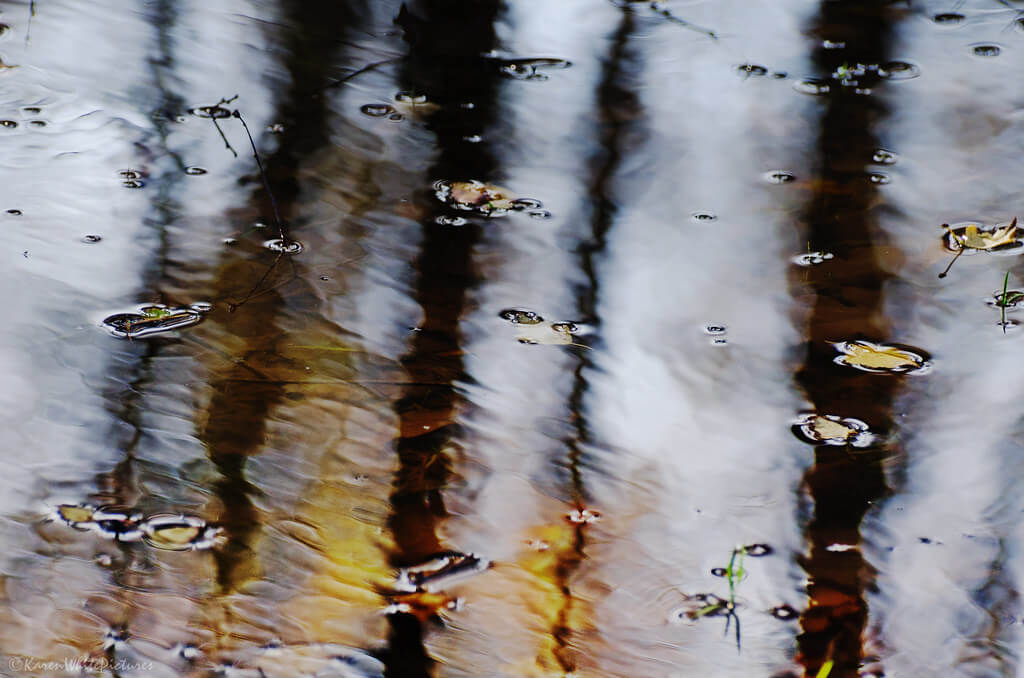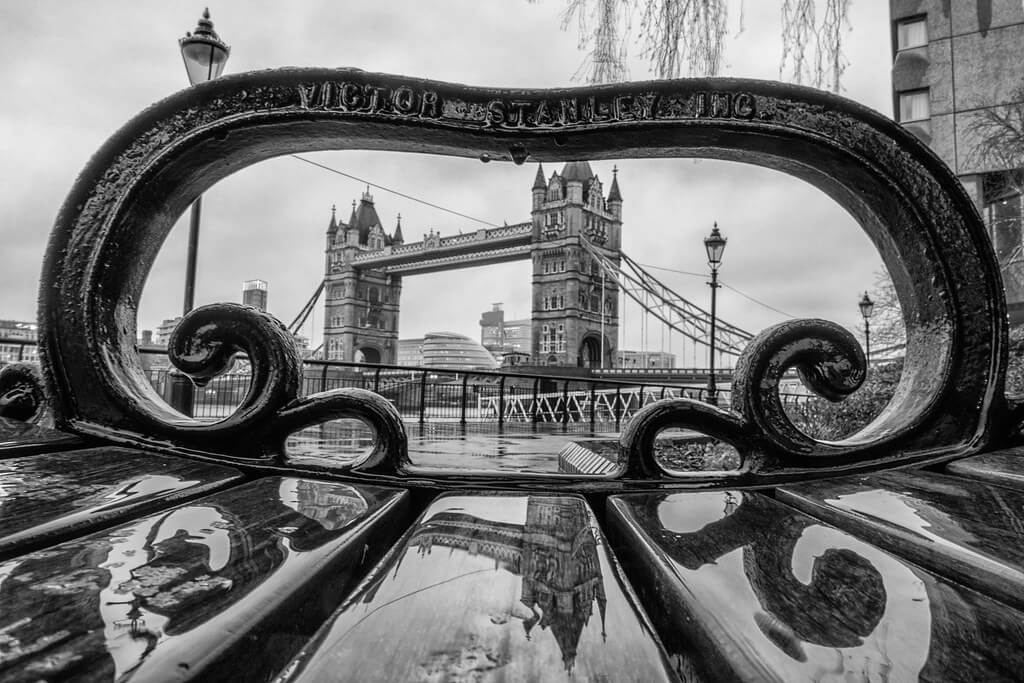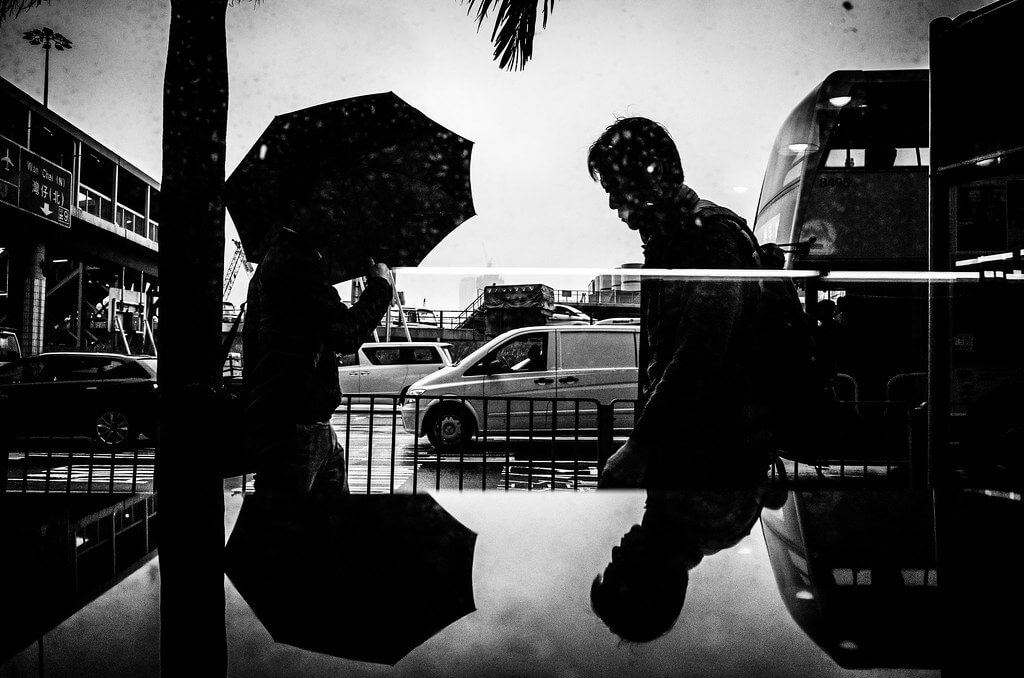Last week, we featured pictures of rainy windows for photographers who like to stay inside when it’s raining. However, if you want to get the most out of a rainy day, you have to go outside for more subjects and variety.
Even if you hate rain, going out shooting on a rainy day can be exhilarating. The rain can transform familiar landscapes and give you beautiful subjects you’ve never photographed before. And with overcast skies, you won’t have to worry about harsh lighting from the sun. The clouds will act like a softbox, giving you nice, even light.
That being said, rain does come with a few challenges. You’ll have to protect your camera from getting wet, for one. You can invest in a camera rain cover for this, or if your budget is tight, you can use a plastic bag with a hole in it. As long as the bag is waterproof and stays dry inside, it should work fine.
Otherwise, the challenges you face will depend on how dark the sky is (which can limit your lighting) and how hard the rain is falling. If you’re in a serious storm, stay aware of the dangers of lightning and take necessary precautions. Read more about storm photography in this post about shooting extreme weather.
When in doubt, you can always wait until after the rainstorm has passed. You can still get beautiful photos of rain even when the rain has stopped falling. Subjects like puddles on streets and raindrops on flowers capture the atmosphere of a rainy day, with or without a stormy sky above them.
Tips and Ideas for Pictures of Rain
You can use the following tips and ideas in any kind of rainstorm, anywhere. Each one is paired with inspiring examples from our community on Flickr and through our newsletter. We had a photography challenge for the subject “Rain,” and many of the images in this post are from that challenge. Thanks again to all the photographers who participated! You can find additional tips in this great article on Adorama’s blog, which even shares ideas for how to take rainy day photos even when it’s not raining!
Make a list of locations to visit on a rainy day.
This list can include locations you know look amazing in the rain and locations you’re curious to see in different weather. For example, if you usually go to the beach on a sunny day, you might try visiting it on a rainy day to get a different picture of the place.
Having this list can be especially important if you don’t like going out in the rain. Because you’re naturally inclined to stay home, you need a clear goal to motivate yourself to head out. With a list of locations you’ve made ahead of time, you won’t have to think of this goal when it’s raining and you’re demotivated. You’ll already have a goal ready!
Hadley Johnson – Zabriskie Point, Death Valley
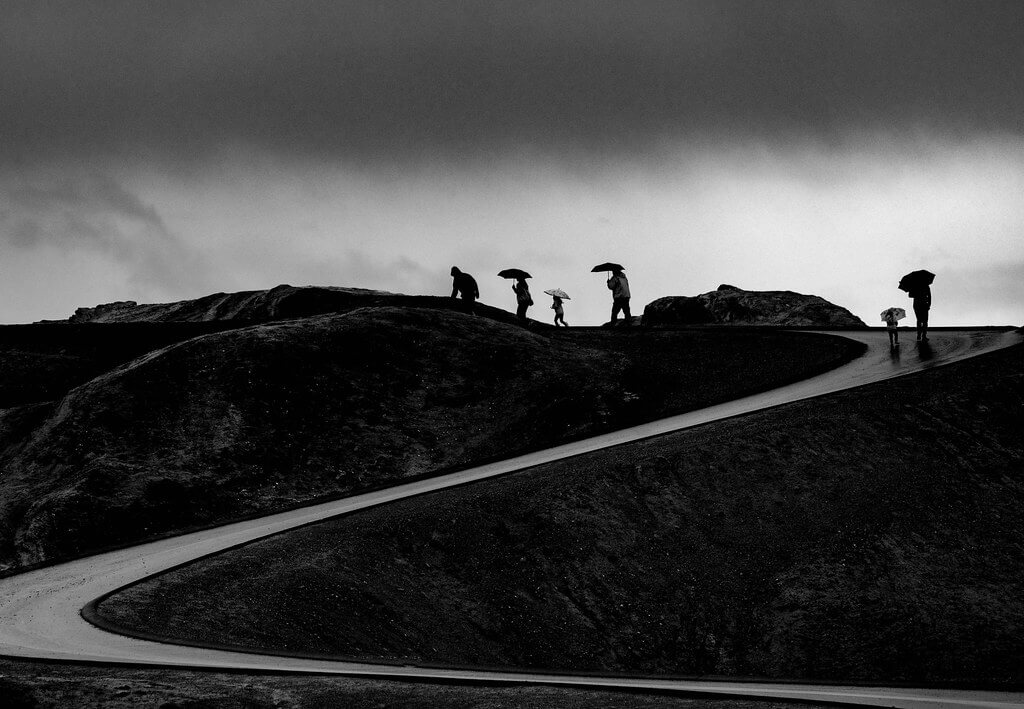
Try out different shutter speeds.
Slight differences in shutter speed can have a big impact on images with fast-moving subjects like falling rain. If you want to capture the individual raindrops falling, you’ll need a pretty fast shutter speed, at least 1/250. Depending on the scene and subject you’re shooting, you may need to adjust the aperture at this speed, too. Play around with different settings, and see how they affect the look of your photo.
Mohammad Rokonuzzaman khan – walk in rain
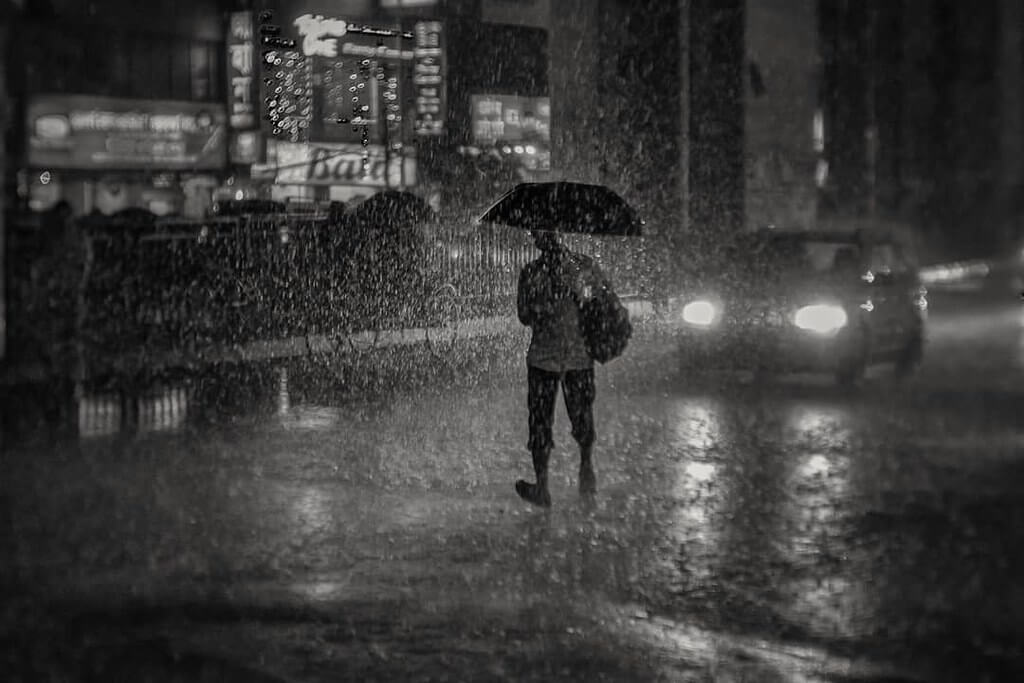
Jochen Vander Eecken – Raindrop Splash.
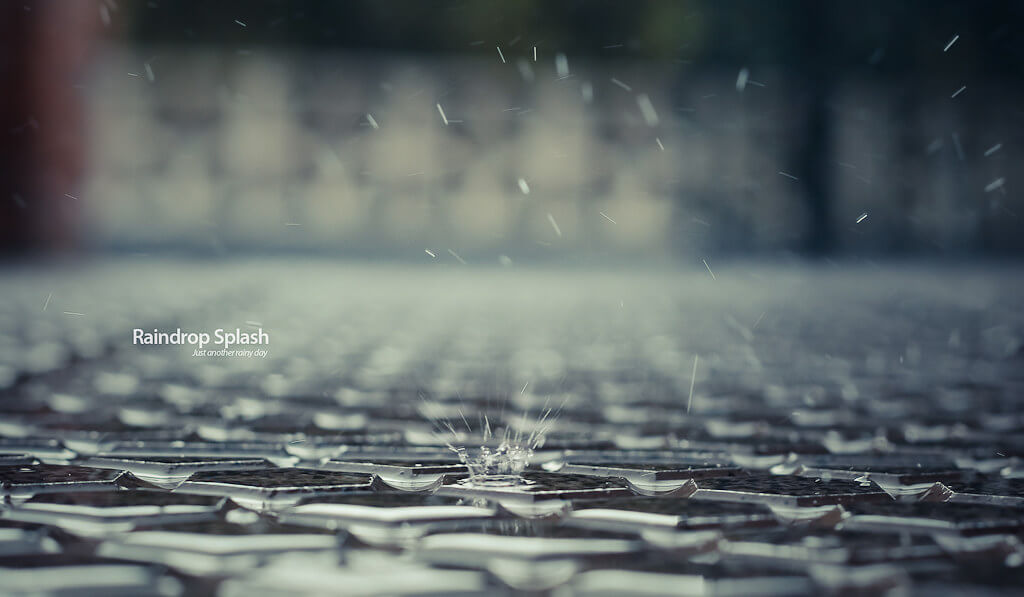
Eva Kristensen
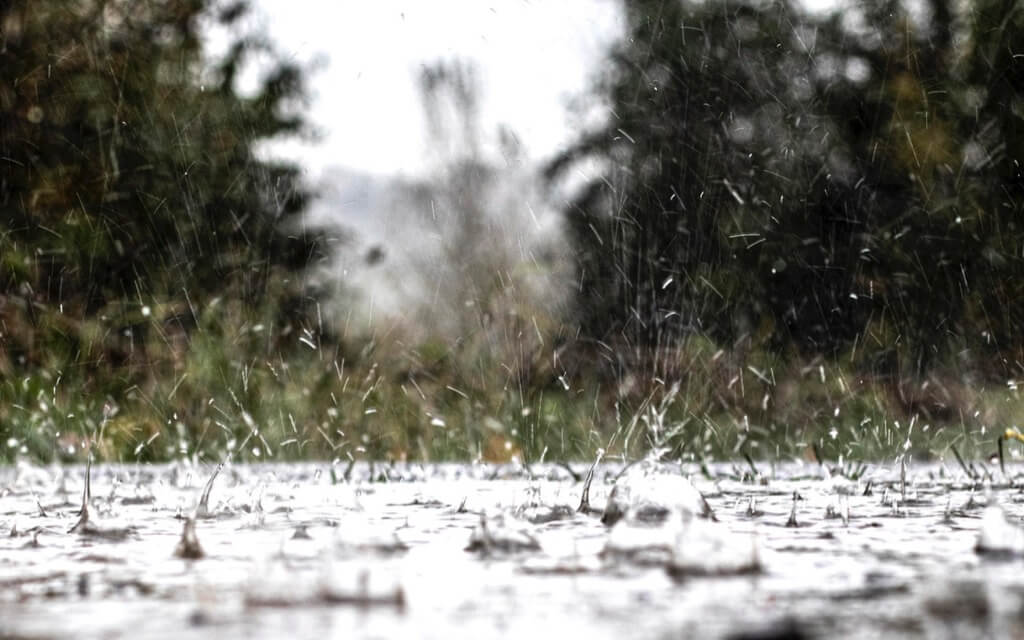
Use backlighting.
Though gray skies can create lovely soft light, they can also limit the strength of your lighting. Particularly if rain is falling or the sun has set, you might need to find another source of light to get a good exposure.
A pop-up flash is typically a bad idea, since the rain will reflect the flash right back at you. Backlighting is a better solution. It’ll create a nice, glowing effect that illuminates the rain and reflects in the puddles.
Shivji Joshi – Walking in Rain
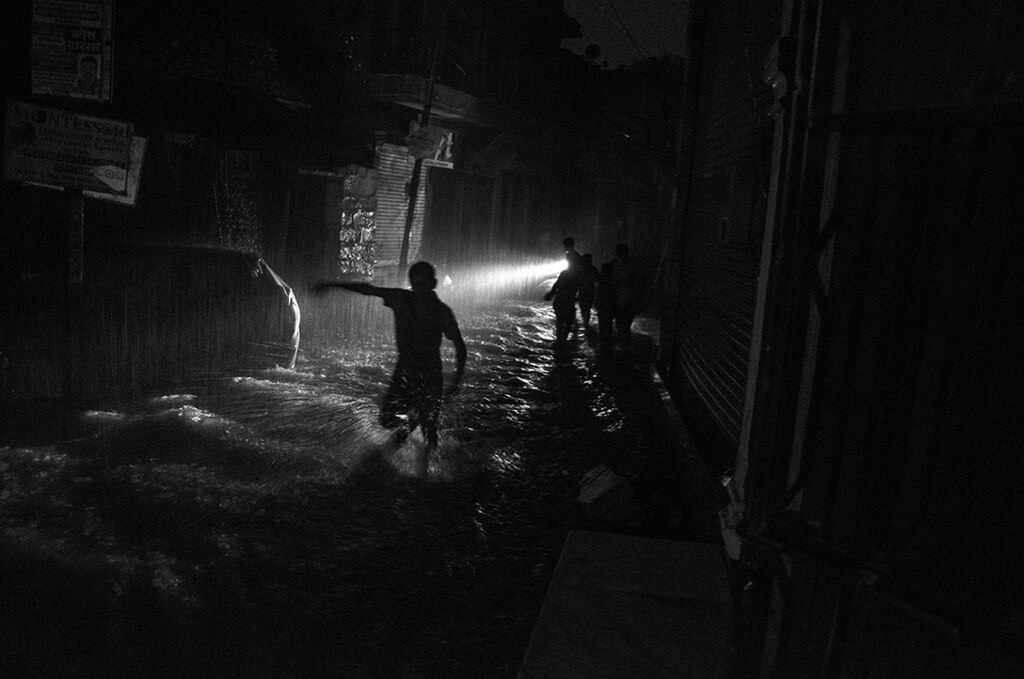
Joao Cruz Santos – Far away to the end

ro_nya – Then the sky opened up
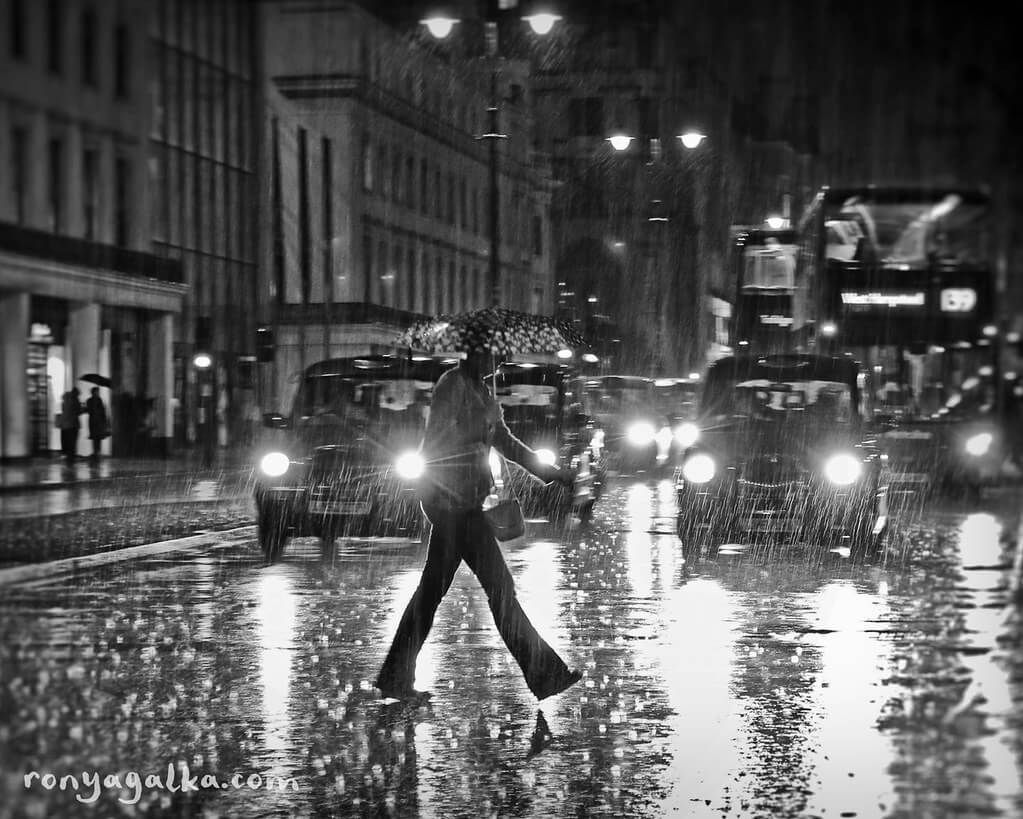
Ilina Bareja
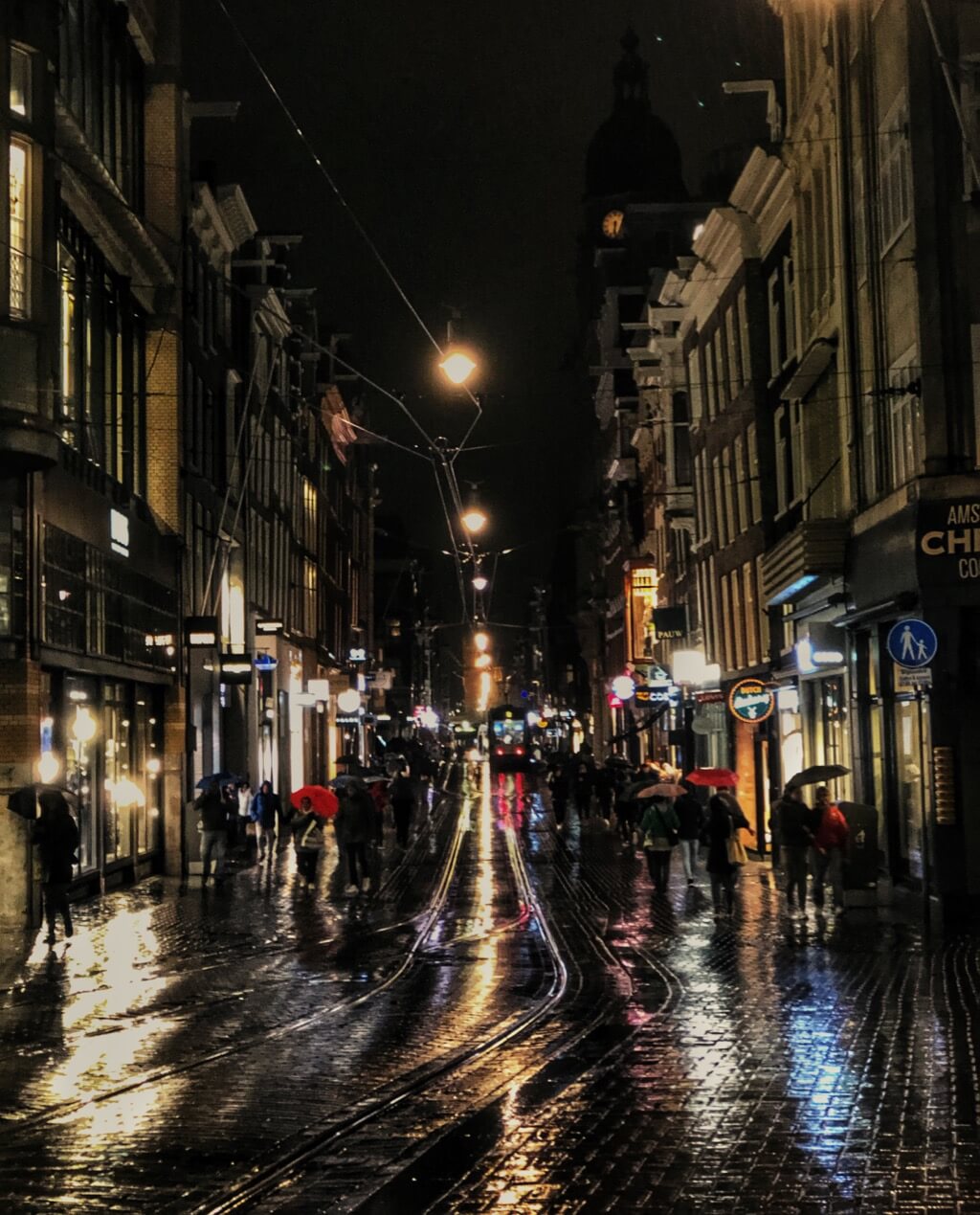
Photograph bright colors.
It’s easy to make a rainy day look gloomy, since there’s no blue sky or golden sunshine to cheer up the photo. Gloominess isn’t your only option, though. You can create cheerful photos simply by shooting something colorful, like a bright umbrella or flower. This burst of color can also make your image more eye-catching, as viewers are naturally drawn to look at colorful subjects.
unai momoitio – 383#2014/365……..:)
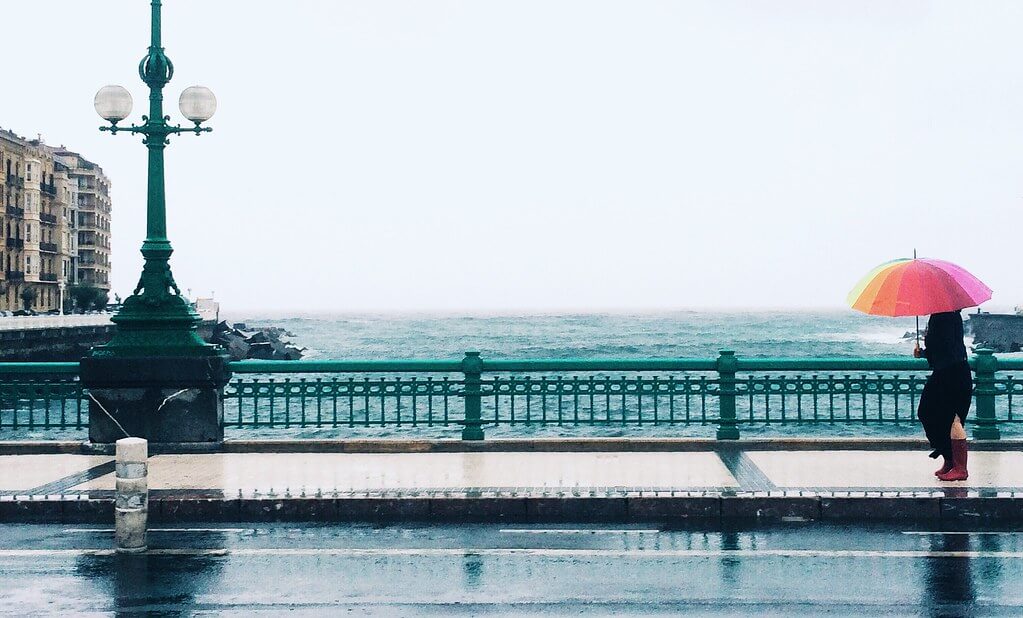
R Casey – a bit of color on a gray day

Manish (Valmie) Joshi – Mother, The Umbrella
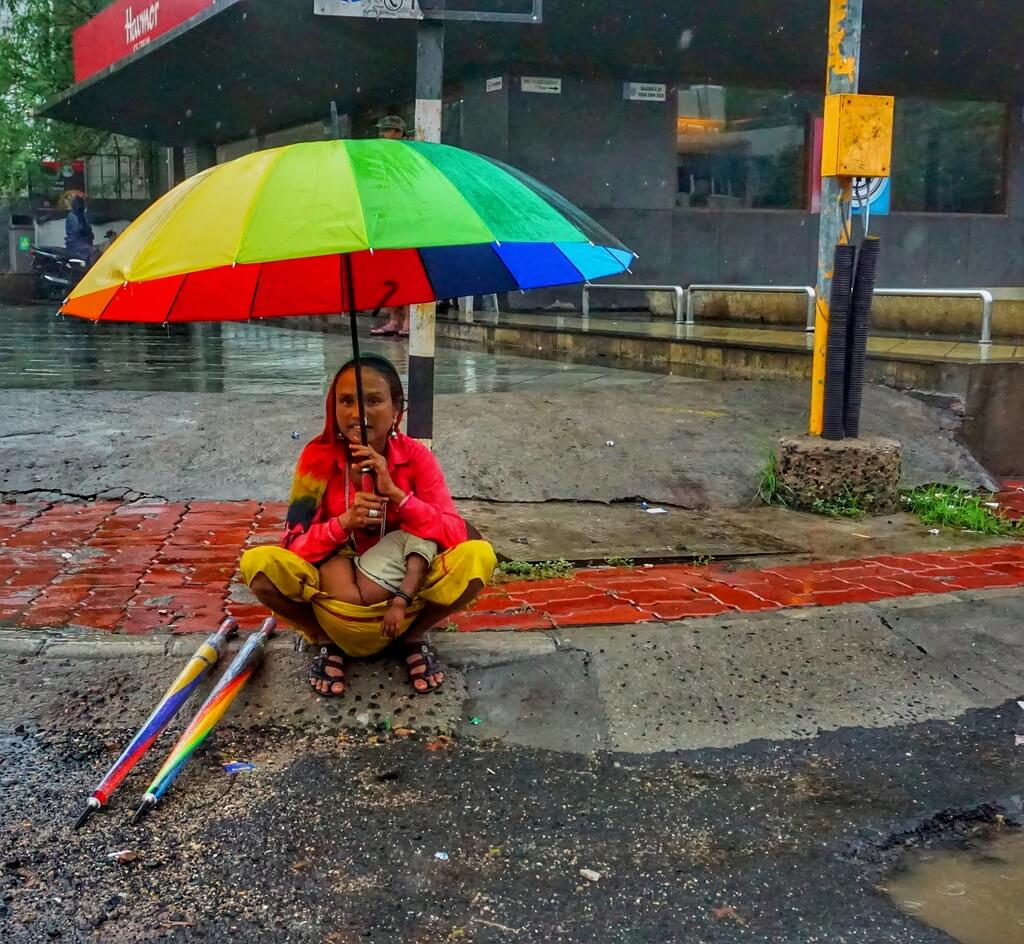
Salmi Kabir – A Man With a Umbrella
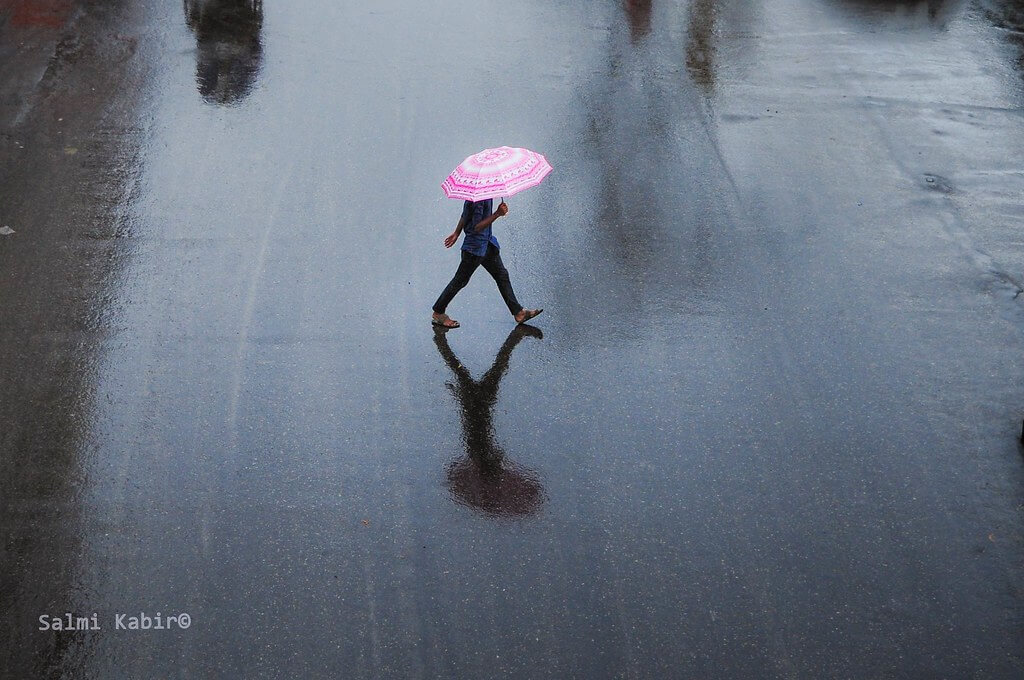
Capture people reacting to the rain.
Another way to make rainy photos more cheerful is to photograph people having fun in the rain. If you can’t imagine anyone enjoying the rain, just think about children splashing in puddles and smiling as they get drenched. Their happiness can turn a bleak rain photo into a joyful one.
You can also capture humor in the faces of people getting caught outside in the rain. Even if they look resigned or unhappy, the situation can seem funny in a photo. If nothing else, it’s relatable.
Chinmoy Biswas – Rain Enjoyment
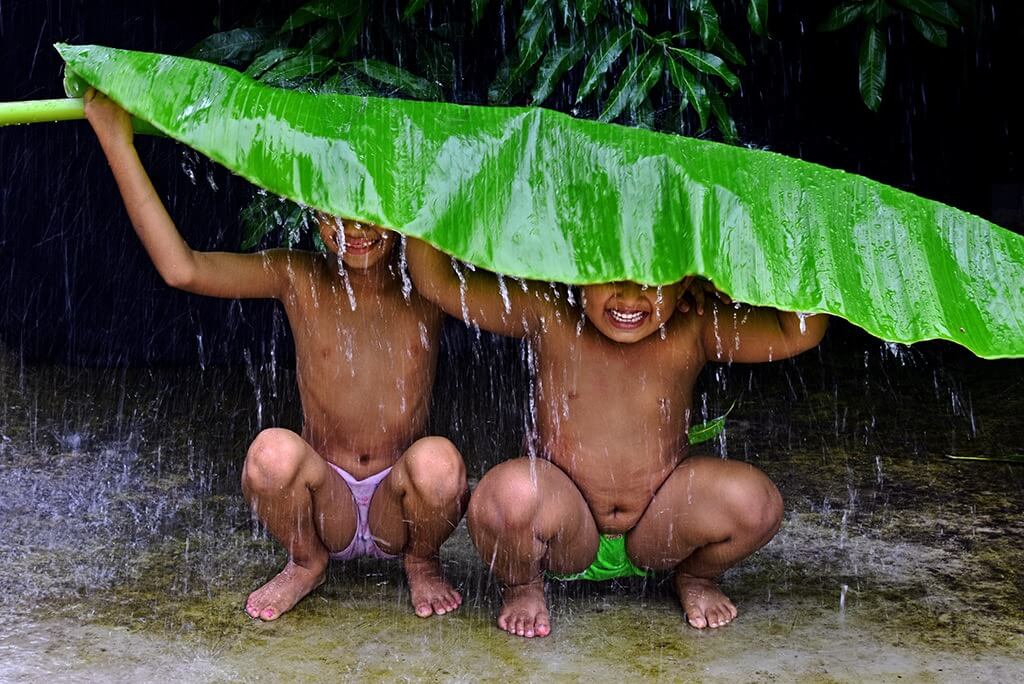
Christina Dithmar – Thilde Buckingham palace
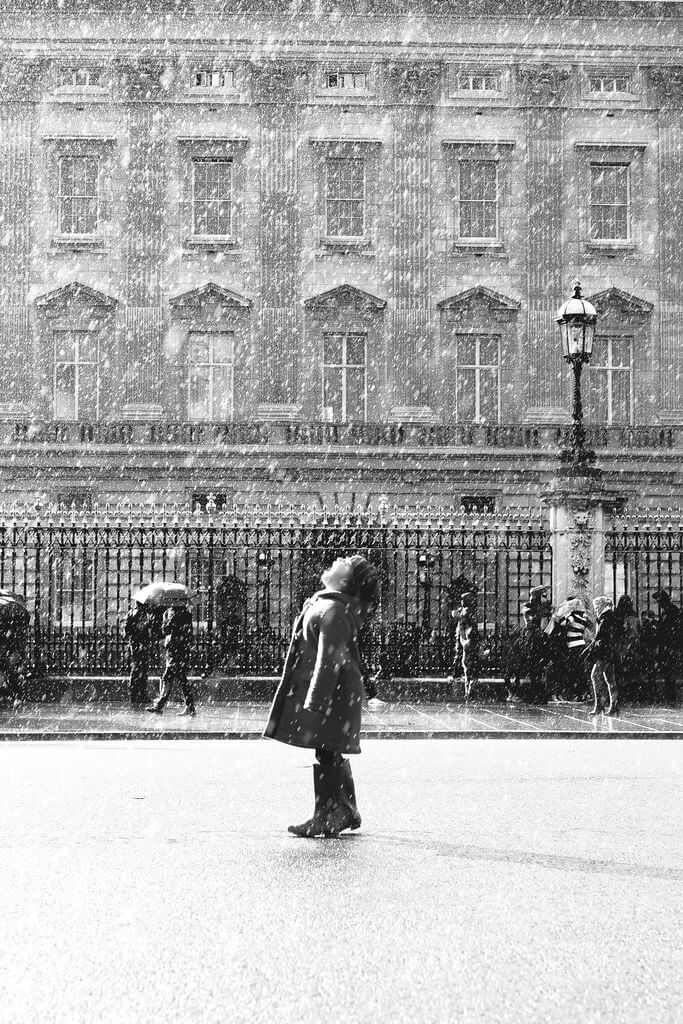
Melih Ozturk – Istanbul, Turkey
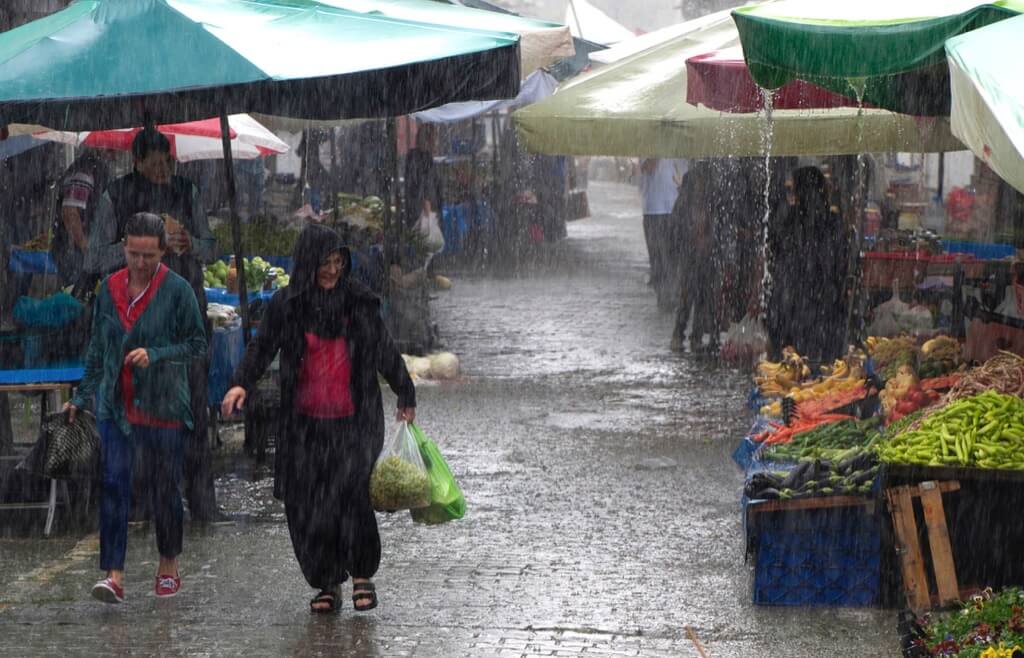
Antony Sendall – On Inchydoney Beach
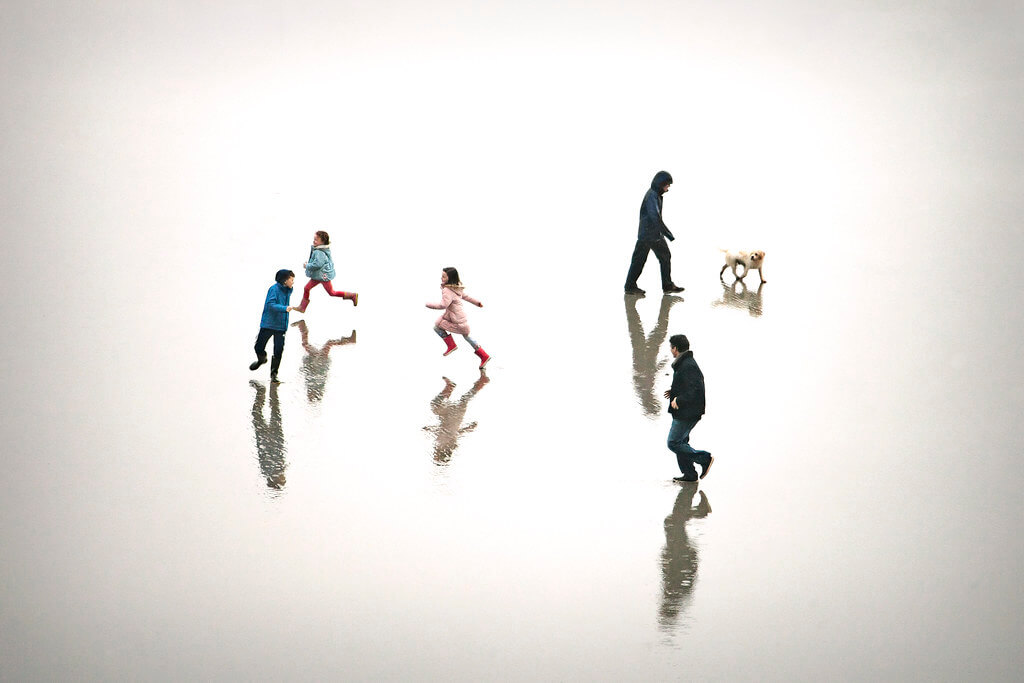
Look for wildlife.
Like people, wildlife behaves differently when it’s raining. Birds may huddle in trees, and insects like ants might search for a dry place (like your home!) to survive the storm. Even if their faces don’t show emotion, you can still create a photo that expresses a feeling by capturing their behavior.
Joanna Kovalcsik – Yep Still Raining
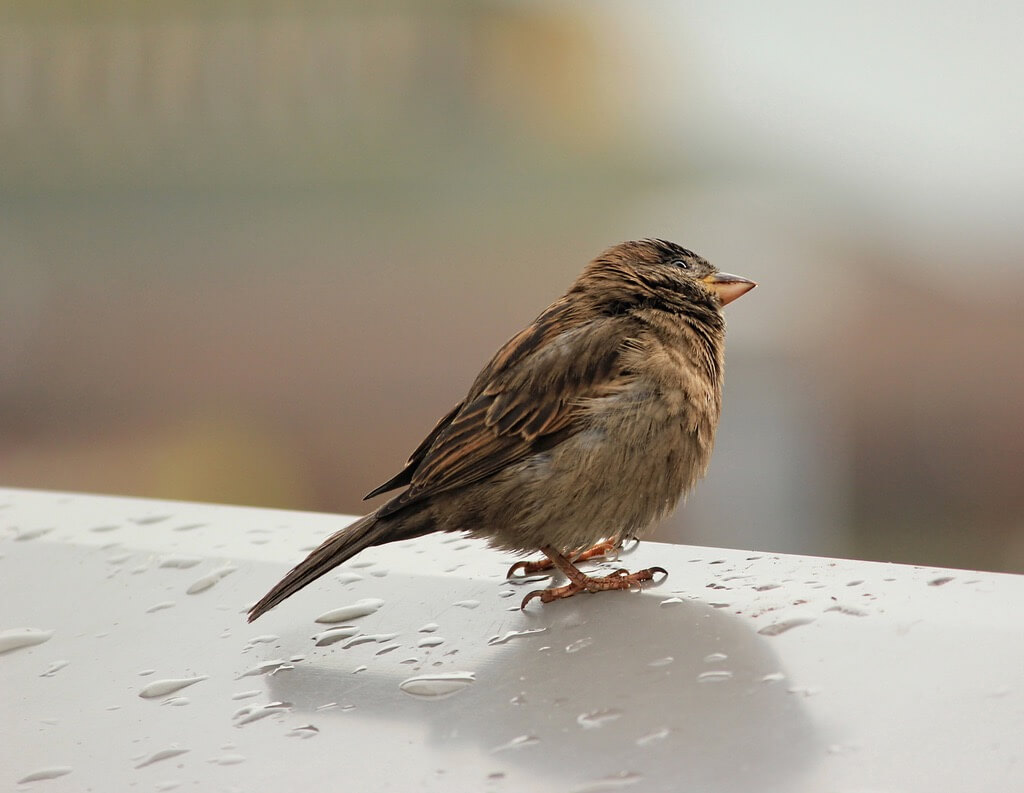
Wicaksono Trian Islami – Mantis In The Rain..
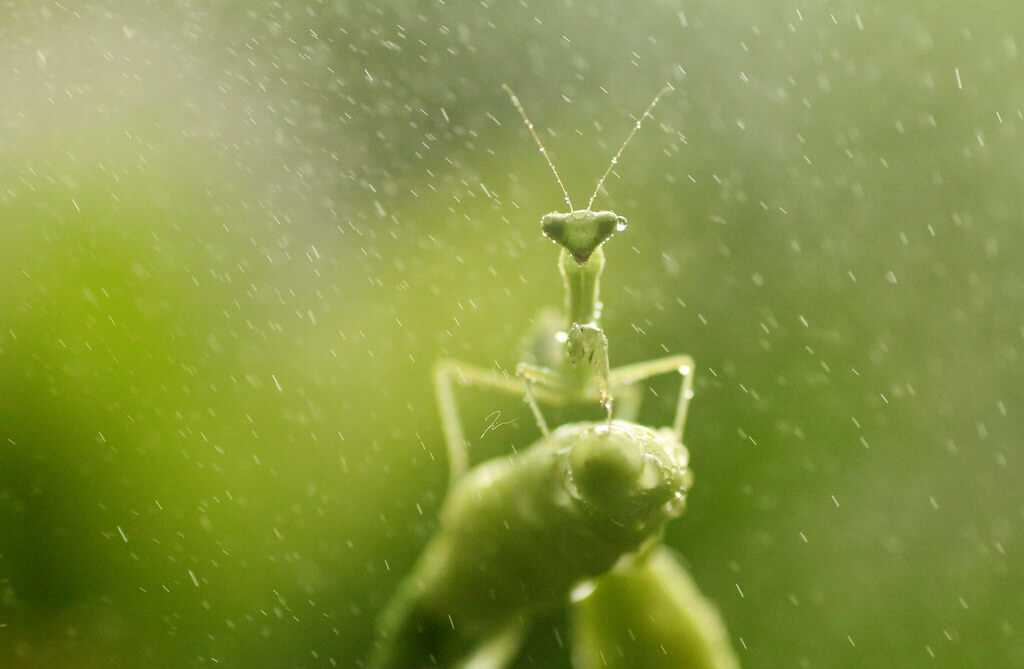
Mimmie Du Toit – First water after drought
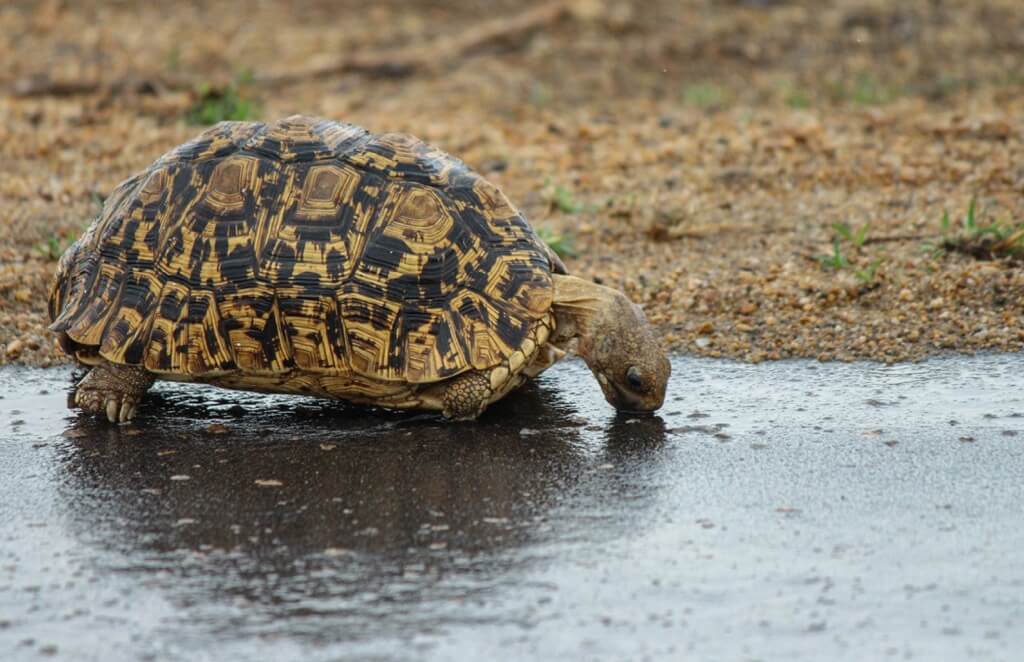
Karen White – fieldfare in the rain
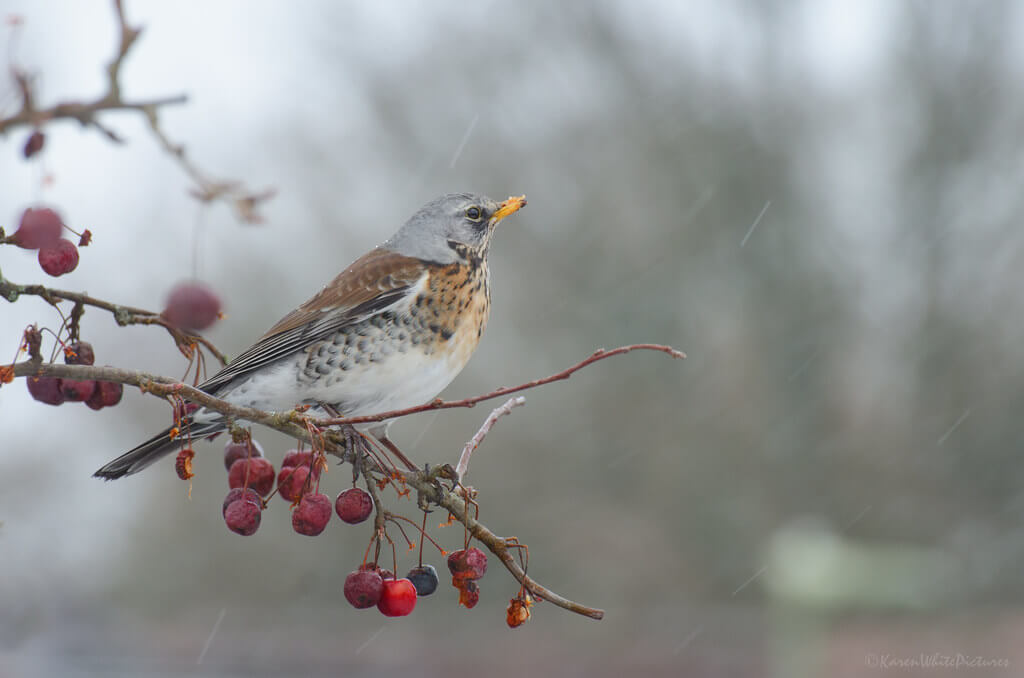
Bring props.
You don’t have to travel far from home or walk around for a long time outside to get nice photos of rain. For a short and simple photo shoot, try working with props you’ve chosen ahead of time. You can photograph rain-related objects like umbrellas and rain boots, or choose playful props like toys, paper boats, and crystal balls.
Karen White – a walk in the rain

Vaun Fiedler – Tacoma Narrows Bridges
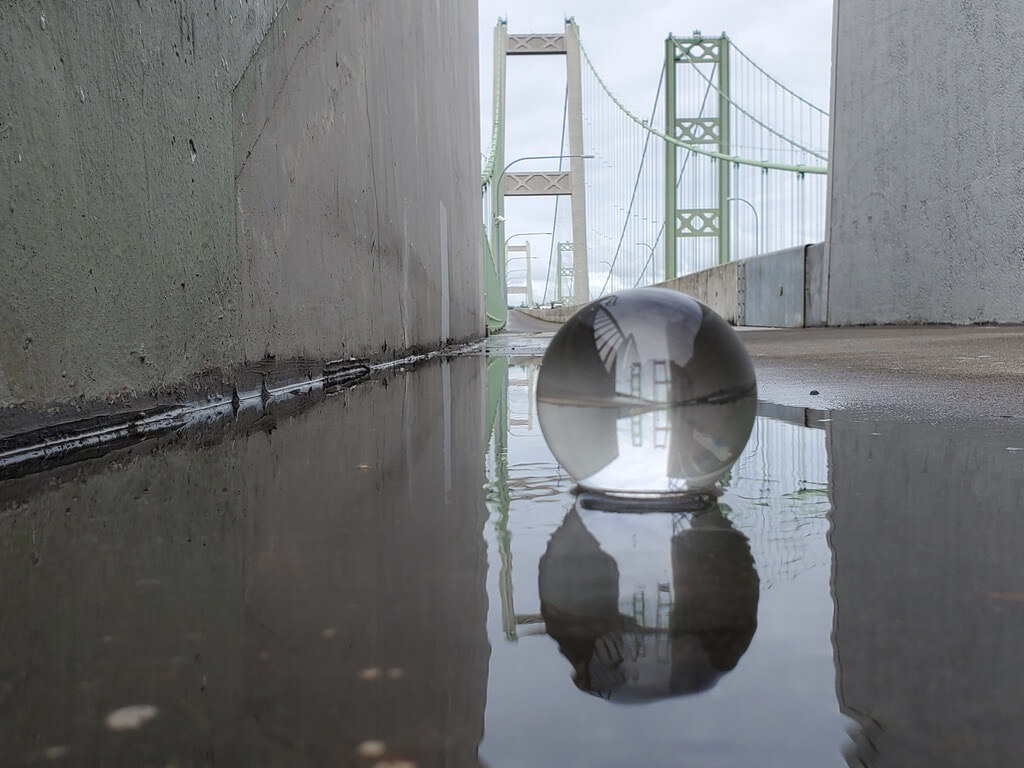
Shoot close-ups.
Similar to using props, shooting macro photos allow you stay close to home, as you can find endless inspiration in everyday subjects. Tree branches or spider webs can be magnificent subjects when you shoot them up close. Even a single raindrop, capturing mid-splash, can be worth a trip outside.
Barb – Waiting for April Showers
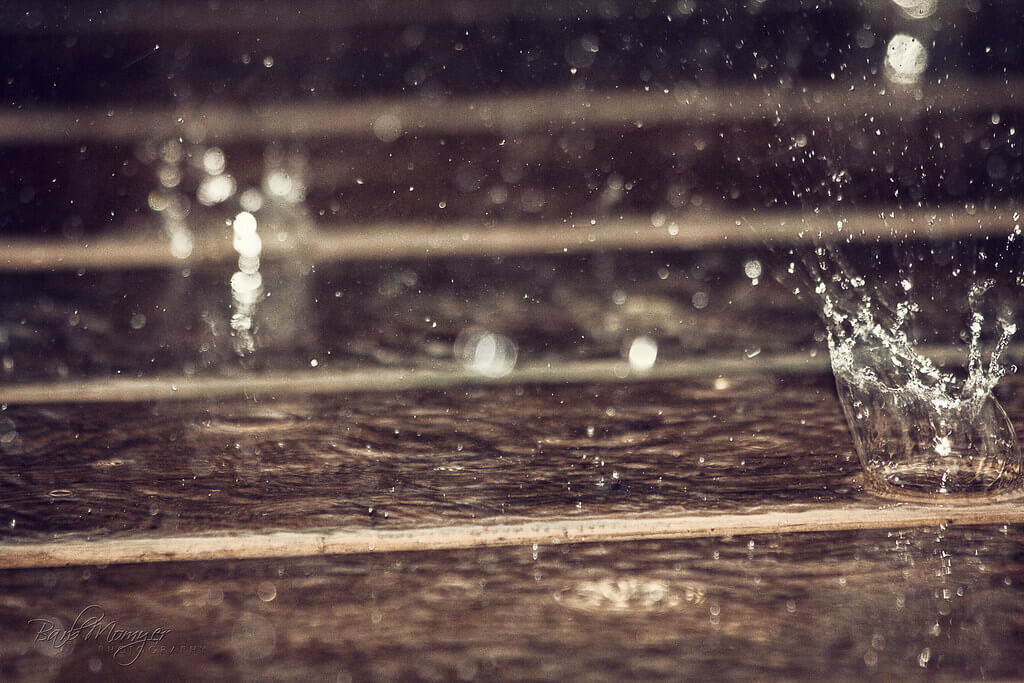
Warren Krupsaw – Water Droplets on Spider Web
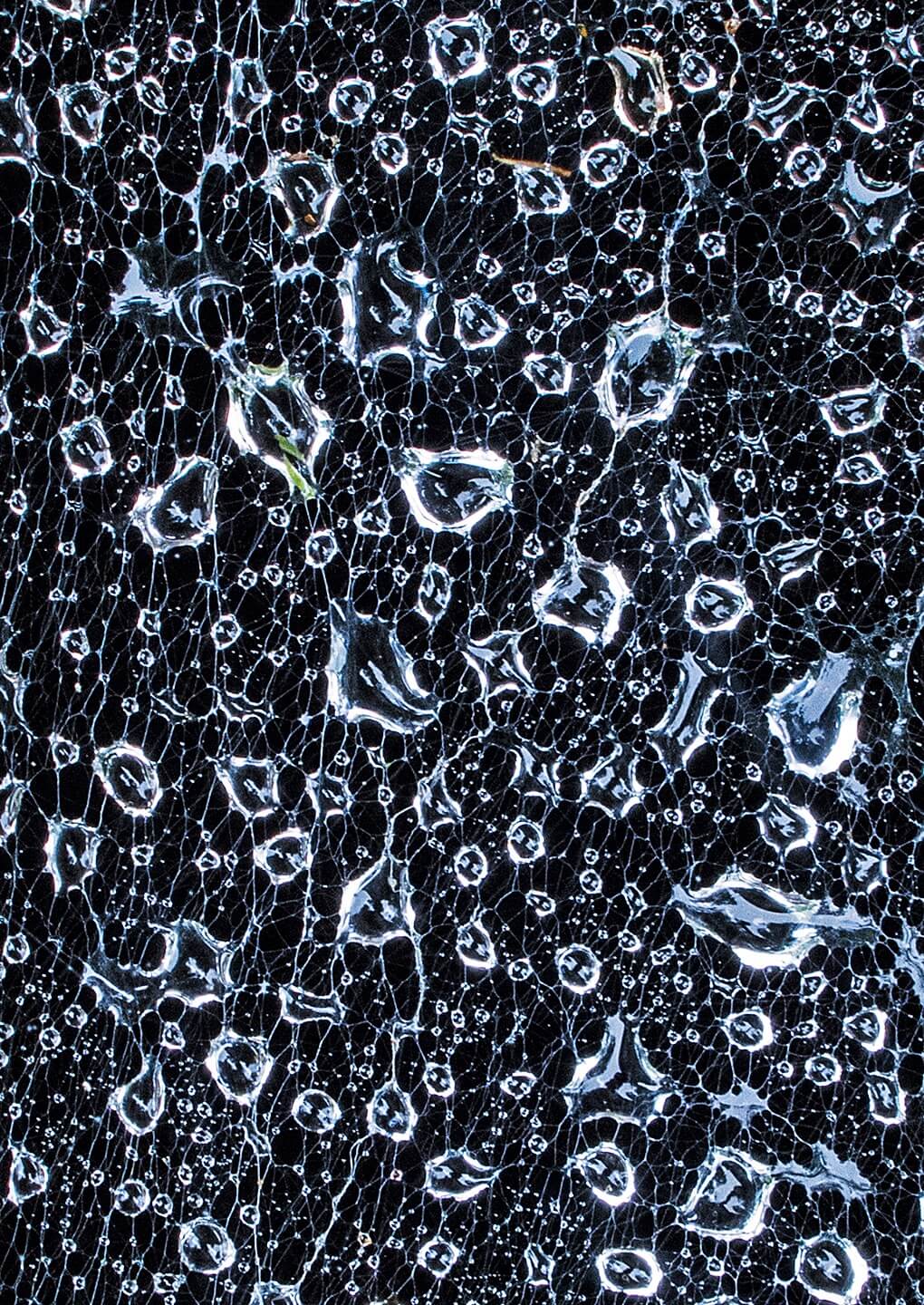
Jeff Montgomery – Balancing Act
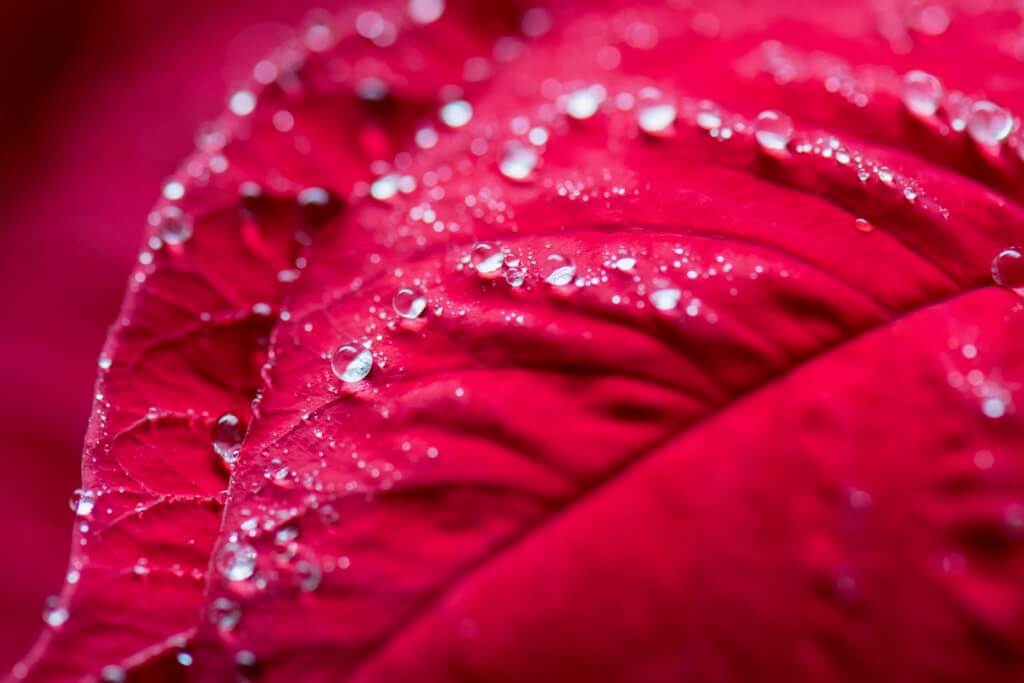
Don’t be discouraged by fog.
When rain falls from warm air into the cold air, it can evaporate and become fog. Known as precipitation or frontal fog, it can be pretty dense. If this happens, don’t abandon your photoshoot! Though thick fog can be difficult to shoot, it can also lead to incredible, moody images.
Besides precipitation fog, you might also encounter fog or mist with rain showers in the morning after a cold night. This mist is typically lighter and easier for beginners to photograph. For more tips and inspiration, check out these 50 magical examples of misty morning photography.
Johan Hakansson Photography – Parkway Mood
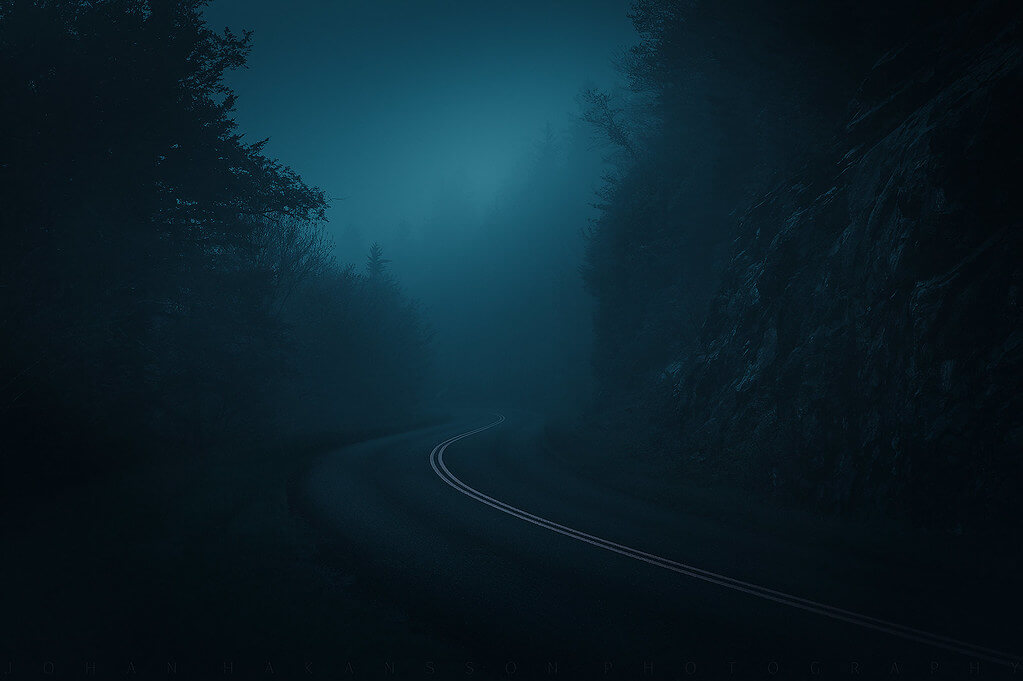
Mark Thompson – A Cold November Rain
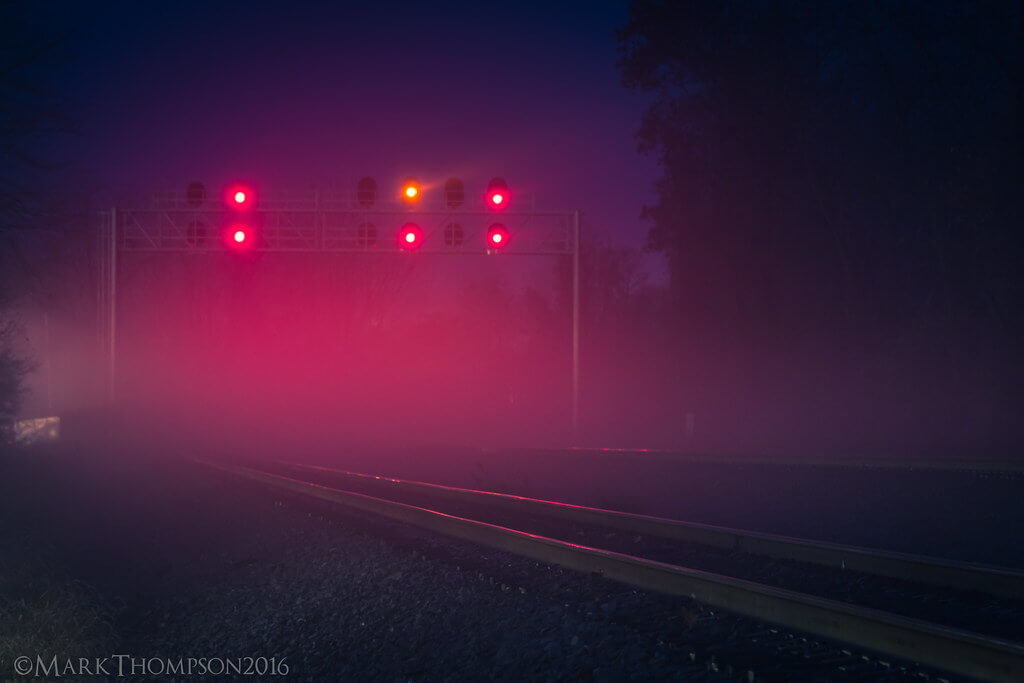
Lynne Otter – Torbe. Valpolicella. Italy
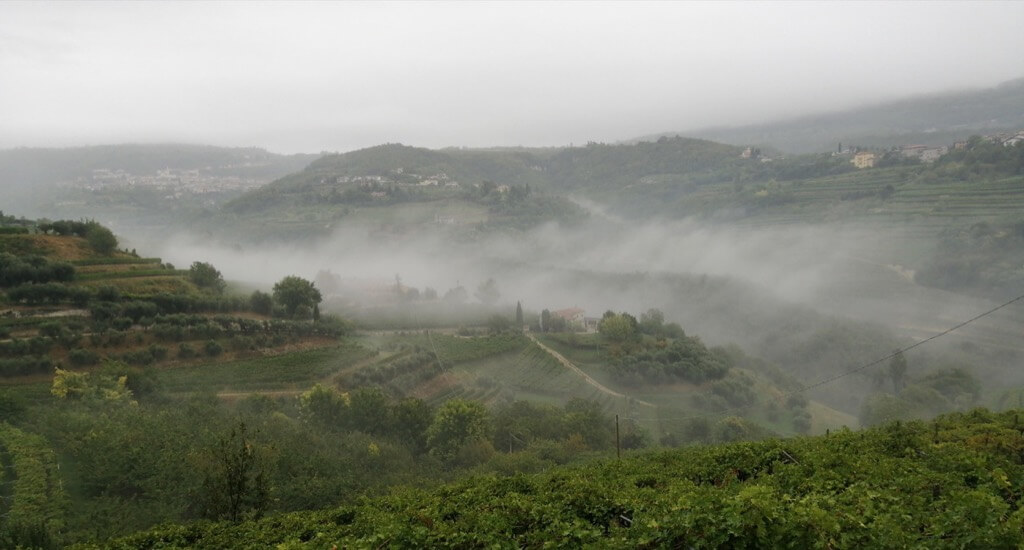
Find a nice reflection.
Rain can create puddles that are perfect for practicing reflection photography. You can get great shots of buildings, people, or the sky reflected in puddles, especially once the rain has stopped.
However, puddles aren’t the only source of good reflections. Any wet surface, like a rainy sidewalk or street, can reflect light and shadows even while it’s still raining. These reflections of light are most powerful when it’s dark outside, so if you’ve only been shooting during the day, try going out in the evening, too. You might discover fantastic shots that only show up after sunset.
Victoria Pickering – Boardwalk
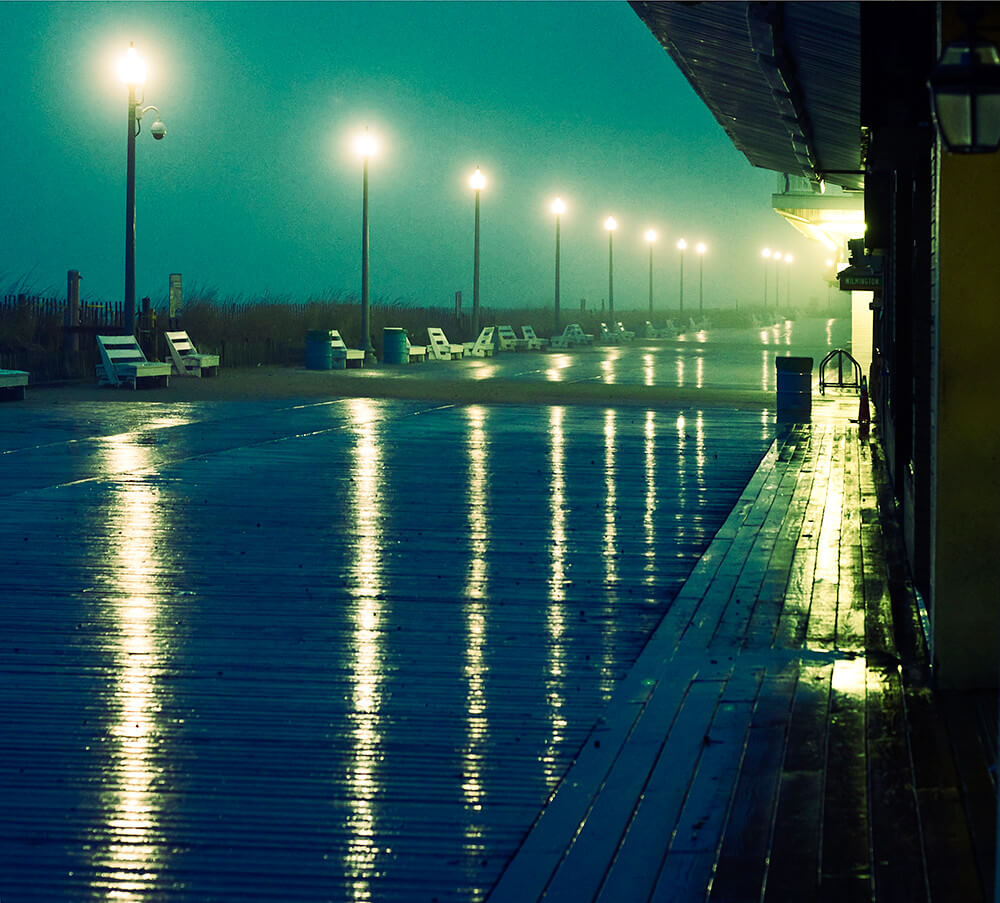
Vaun Fiedler – Tacoma Narrows Bridges

Watch Out for Incredible Rain Portrait Opportunities Right After The Rain
Right after the rain, there are incredible opportunities for dramatic portraits with beautiful clouds. Keep and eye out for these scenes and take full advantage. This is especially true when combined with a beautiful sunset.

If you want to participate in future photography challenges, sign up for our newsletter and you’ll be the first to hear about them. You don’t need to be an expert to submit images; we welcome photos and ideas from all levels of experience. After all, even beginners can have great ideas!
